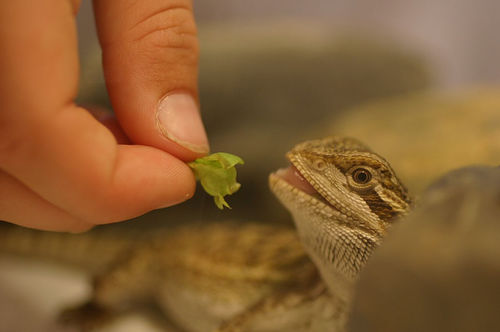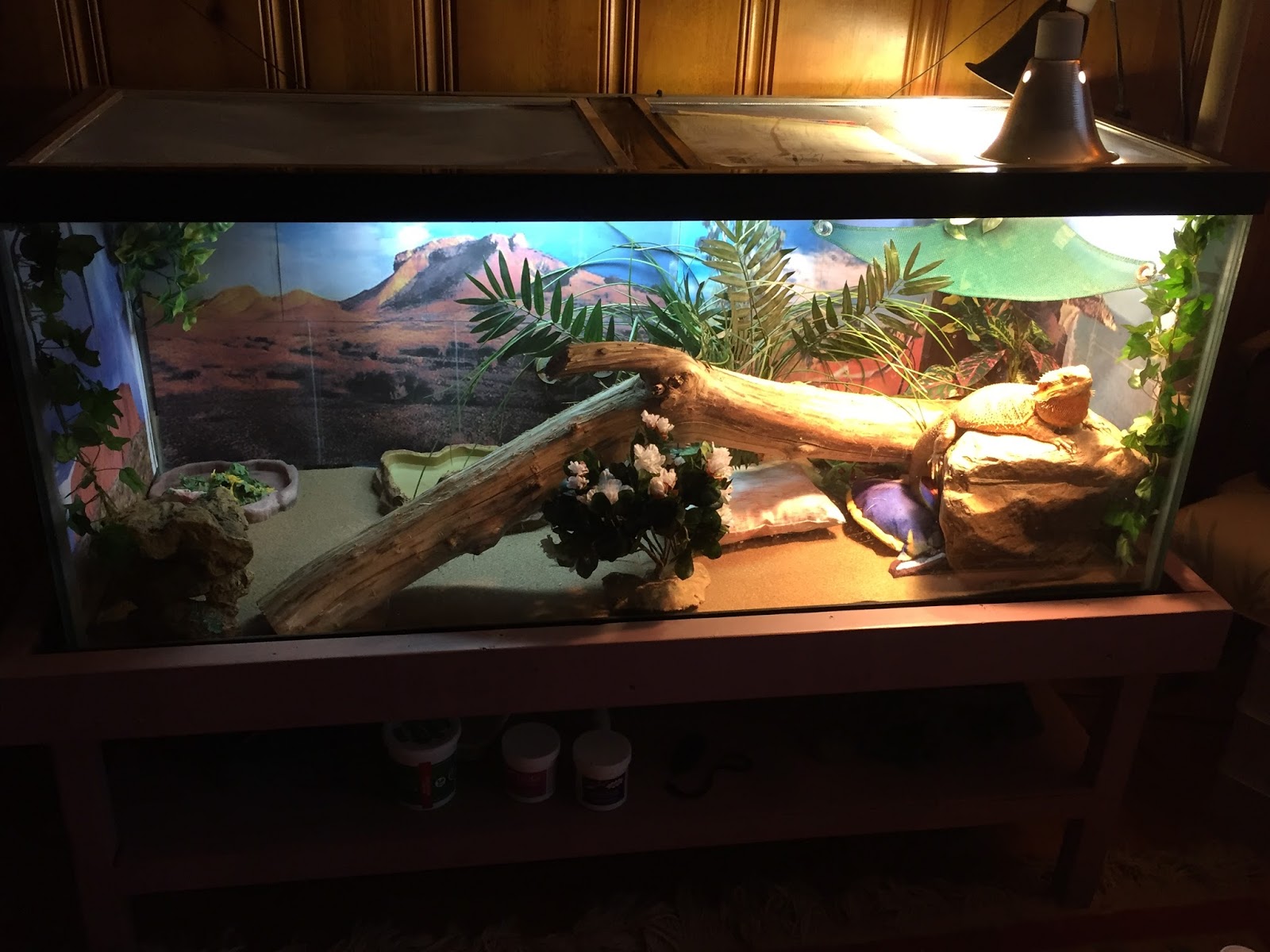All You Need to Know About Feeding Your Bearded Dragon with Blue Hornworms
Introduction to Blue Hornworms and Bearded Dragons
Bearded dragons are one of the most popular pet reptiles in the world. These lizards are known for their docile nature, unique appearance, and easy-to-care-for qualities. They love to eat insects, and blue hornworms are one of the many insects they like to consume. Blue hornworms are great food sources for bearded dragons, but many pet owners might not know much about these creatures. If you’re a beginner bearded dragon owner searching for healthy food options for your pet, this guide will help you understand how blue hornworms can benefit your bearded dragon.
Nutritional Benefits of Blue Hornworms for Bearded Dragons
Before feeding your bearded dragon with blue hornworms, you must be aware of their nutritional benefits. Bearded dragons need protein, fiber, fat, and calcium in their diet. Blue hornworms are packed with these nutrients and can provide your pet with a well-balanced meal. A few nutritional benefits of feeding blue hornworms to your bearded dragon are:
- High protein content that helps in building and maintaining muscle mass in your pet
- Low fat content that contributes to a balanced diet
- Good fiber content that aids digestion and promotes bowel movement
- Rich in calcium that is essential for bone growth and general health
How to Feed Blue Hornworms to Your Bearded Dragon
Feeding your bearded dragon with blue hornworms is easy, but it requires some preparation. Here’s a step-by-step guide on how to feed blue hornworms to your bearded dragon:
Step 1 - Purchase Blue Hornworms from a Reputable Breeder
When purchasing blue hornworms for your pet, make sure to get them from a reputable breeder. The breeder should provide you with healthy and disease-free hornworms. Avoid buying hornworms from unreliable sources and pet stores that might sell unhealthy larvae.
Step 2 - Store the Blue Hornworms in the Right Conditions
After purchasing the blue hornworms, you should store them in the right conditions until it’s time to feed them to your pet. Keep them in a plastic container or cup with holes for ventilation. The optimum temperature for storing hornworms is around 70-80°F. Make sure to keep the container clean by removing dead hornworms and providing them with fresh food and moisture regularly.
Step 3 - Prepare the Blue Hornworms for Feeding
Just before feeding, take out the required number of hornworms from the container and put them in a plastic feeding dish. You can use tongs to handle the hornworms and avoid getting bitten by the hornworms’ mandibles, which can be painful.
Step 4 - Feed Your Bearded Dragon with Blue Hornworms
Bearded dragons are usually fed live prey, and blue hornworms are no exception. Put the feeding dish with hornworms inside the bearded dragon’s enclosure and let your pet eat them. Your bearded dragon might hunt hornworms on its own, or you can use tongs to feed the hornworms directly to your pet.
Final Thoughts
Feeding your bearded dragon with blue hornworms can be a great way to add variety to its diet and provide nutritional benefits. Remember to purchase healthy hornworms from a reputable breeder, store them in the right conditions, and prepare them carefully for feeding. With the right approach, your bearded dragon can enjoy a healthy and well-balanced diet with the help of blue hornworms.








